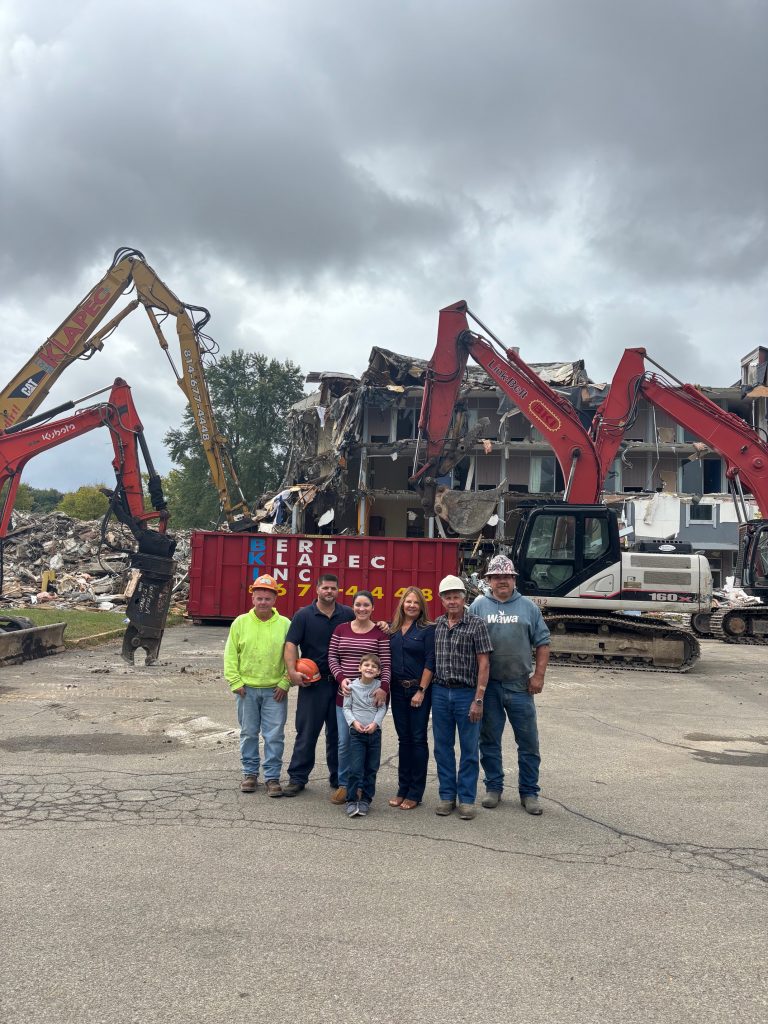
Old buildings can be nostalgic reminders of history, culture, and architectural art. They evoke a sense of charm and character that modern structures sometimes lack. However, there are moments when the business community and general public must grapple with the challenging decision to demolish these structures to pave the way for progress.
Despite their charm, some historical buildings may no longer serve a functional purpose or accommodate modern amenities. This progression should always be balanced with a respect for historical preservation, ensuring that the cultural fabric of a city isn’t erased in the name of progress.
Blighted commercial and residential properties often pose significant challenges. These buildings, which may have deteriorated beyond feasible repair, can become financial burdens. Restoration and maintenance costs can far exceed the costs associated with demolition and rebuilding.
For businesses, deciding to invest in a new structure rather than continuously repair an existing one can lead to increased efficiency, better employee productivity, and higher property values. For the general public, it can mean improved neighborhood aesthetics and safety, attracting businesses and residents alike.
A clear and forward-thinking vision is essential when deciding the fate of old buildings. It is crucial to consider the potential uses of blighted properties or spaces made available after demolition. A well-articulated vision can transform a vacant lot into something that serves the community better, such as green spaces, community centers, transportation hubs, or mixed-use developments.
City planners and developers should engage with community members to understand their needs and aspirations, ensuring that new projects align with the vision of a vibrant, inclusive, and sustainable environment. This participatory approach ensures that while old structures may be lost, what replaces them adds value and enriches the community.
When it is determined that demolition is the path ahead, this too comes at a significant cost. Bert Klapec Inc. (BKI) has become a familiar business on site, whether razing residential or commercial property. Most recently the longstanding local company, owned by Dave Klapec and his sons Chris and Nick, completed the tear down of the Days Inn in Oil City. While this building held nearly 60 years of memories for locals and visitors alike, the project has cleared the way for redevelopment of Oil City’s riverfront. Dave Klapec shares, “When buildings are slated for demolition, our team is experienced in working with our communities to get structures down in a way that is efficient and safe, leaving a site ready for what is planned next. Often, simply the removal of a deteriorating structure provides an opportunity for new perspective on what should take its place.”
BKI, a family owned business, has been providing construction, demolition and excavation services in the Venango area for more than 60 years.
While the prospect of demolishing old buildings may stir emotional responses, it is sometimes necessary for advancement and revitalization. Balancing progress with preservation, managing economic concerns, and fostering a visionary approach to urban planning are essential elements in making informed decisions that serve both the business community and the general public. By doing so, cities can honor their past while building a brighter future for all.
Pictured: Jimmy Grimes, Nick Klapec, Nikki Klapec, Jean Klapec, Dave Klapec, Mike McKibben, and in front, Dominic Klapec, pose in front of the partially demolished Days Inn property.
This article was published in the Venango Chamber’s November 2024 VenangoWorks! Newsletter.
